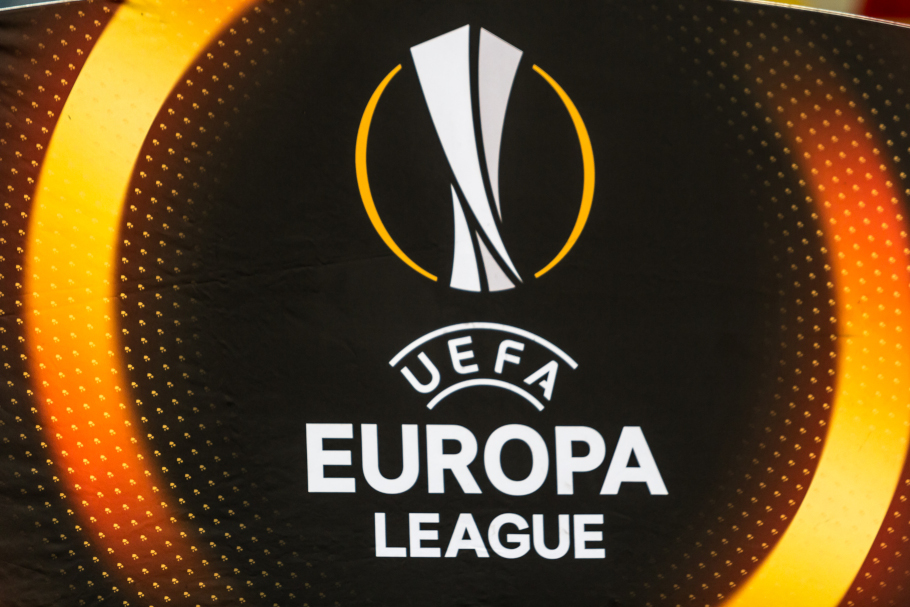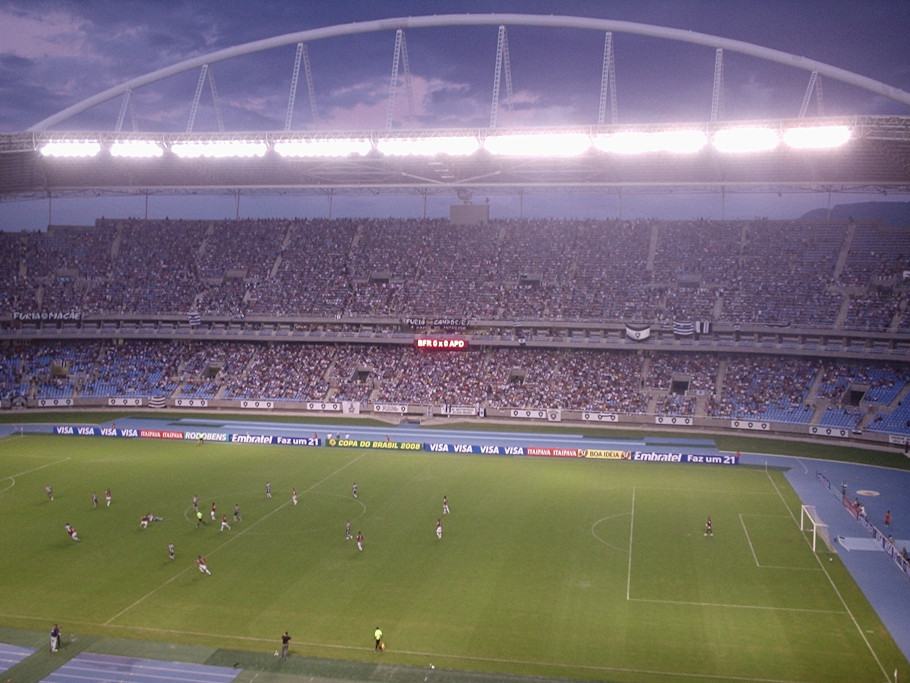Starting from the 2024-2025 season, the UEFA Europa League, like its elite counterpart, the Champions League, will undergo significant changes to its format. This revamped system aims to create a more competitive environment, while also aligning with the new vision of European football competitions under UEFA’s evolving structure. The updated format brings more matches, a streamlined path to the knockout rounds, and opportunities for more clubs across Europe to compete at higher levels.
Key Changes in the New Europa League Format
- Expanded Number of Teams:
- The Europa League will continue to feature 36 teams, an increase from the current 32. This expansion mirrors the changes seen in the Champions League, providing more clubs from smaller and mid-tier leagues a chance to compete in Europe’s secondary competition.
- Single League Format:
- The most notable change is the adoption of a single league stage, replacing the previous group stage format. Rather than the traditional eight groups of four teams, the 36 teams will now be placed in one large league table.
- However, each team will only play eight matches in this league phase, facing eight different opponents. These opponents will be determined through seeding to ensure a competitive balance between top and lower-tier teams.
- Knockout Qualification:
- Following the league phase, the top eight teams in the overall standings will automatically progress to the Round of 16.
- Teams that finish from 9th to 24th place will enter a playoff round, which consists of two-legged ties. The winners of these playoff matches will join the top eight teams in the Round of 16.
- Teams finishing 25th to 36th will be eliminated from the competition after the league phase, adding increased stakes to every match played during this stage.
- Increase in Matches:
- The new format will result in more matches overall. Each club will play eight games in the league phase, compared to six under the old system. This also increases the number of matches in the competition as a whole, creating more opportunities for fans to enjoy European football on Thursday nights.
- New Entrants:
- The expanded competition provides entry to more clubs from across Europe. Qualification will still depend on a club’s domestic league performance or qualification through national cup competitions, but with more spots available, there is greater access for clubs from smaller nations.
Why the Change?
- Boosting Competitiveness and Viewership:
- The new Europa League format is designed to offer more high-stakes matches from the very beginning. By having a single league stage with more teams and more matches, UEFA hopes to increase the tournament’s competitiveness and global viewership. The introduction of eight matches in the league phase ensures clubs face a variety of opponents, often leading to marquee matchups even in the early rounds.
- Aligning with the Champions League:
- The format changes in the Europa League reflect a larger shift in European football’s landscape, driven by the restructured Champions League. Both competitions are adopting similar league-style structures, creating consistency across UEFA’s major tournaments and offering fans a more dynamic and varied fixture list.
- More Matches, More Revenue:
- UEFA’s decision to increase the number of matches means additional broadcasting and sponsorship opportunities. This will boost revenue for both the organization and participating clubs. The increased exposure and commercial opportunities provide a much-needed financial boost for clubs outside Europe’s top-tier leagues.
- Pathway to the Champions League:
- Winning the Europa League remains a direct qualification route to the following season’s Champions League. With the updated format, clubs now have more opportunities to secure European success and enhance their chances of competing in the Champions League by lifting the Europa League trophy.
What Does This Mean for Clubs?
- More Matches and Greater Competition:
- Clubs will have more matches to navigate, meaning a busier schedule and more frequent European nights. This increases the challenge for teams that might not have the same squad depth as the bigger clubs, but it also offers them more experience on the continental stage.
- Increased Chances for Knockout Stage Qualification:
- Mid-tier clubs that might have struggled to progress from the old group stage format now have more opportunities to advance. With 24 out of the 36 teams qualifying for the knockout rounds in some form, the new system offers a higher chance for teams to remain in the competition longer.
- Playoff Risk for Lower Teams:
- Teams finishing between 9th and 24th in the league phase will have to go through a playoff round to make it to the knockout stages, adding an extra level of risk and excitement. These two-legged ties will determine which teams truly belong in the Round of 16 and beyond, making every league-phase match crucial for securing an easier path.
- Player Fatigue and Squad Rotation:
- With more games, clubs will need to be smarter in managing their squads. The additional fixtures, combined with domestic leagues and national cups, will likely lead to more rotation, placing increased importance on squad depth and player fitness.
Fan and Club Reactions
Fan reaction to the new Europa League format has been mixed, much like with the Champions League changes. Some fans appreciate the new league structure, which offers a variety of matchups and a more exciting qualification process for the knockout rounds. The idea of facing different teams across Europe adds an element of unpredictability and fresh encounters in each matchday.
On the other hand, there are concerns about fixture congestion, particularly for clubs competing on multiple fronts. For smaller clubs with thinner squads, the increased number of matches and the demands of a longer tournament could put strain on players, leading to fatigue and potential injuries.
Additionally, the introduction of a playoff round is seen as both an opportunity and a risk. For clubs that finish lower in the standings, it offers a second chance to progress, but it also means that one poor playoff tie could eliminate them, even if they performed well during the league phase.
Conclusion
The new UEFA Europa League format is set to reshape the competition, offering more teams a chance to compete on the European stage while increasing the number of high-stakes games throughout the tournament. With the switch to a single league stage and the introduction of a playoff system, the 2024-2025 Europa League promises to be more dynamic, competitive, and unpredictable than ever.
As Europe’s second-tier competition, the Europa League plays a vital role in the footballing ecosystem, giving clubs from across the continent the chance to prove themselves. The new format aims to raise the stakes and the profile of the tournament, making it more exciting for both players and fans alike. Whether these changes will lead to greater success or create unforeseen challenges, one thing is certain: the Europa League is about to enter a bold new era.
- Neymar’s Return to Santos FC - January 29, 2025
- Manchester United and Manchester City: Challenges in the 2024-2025 Premier League Season - January 5, 2025
- Manchester City: The Downfall of a Modern Football Powerhouse - December 16, 2024




Jip de wijs je bent goed bezig jongeman